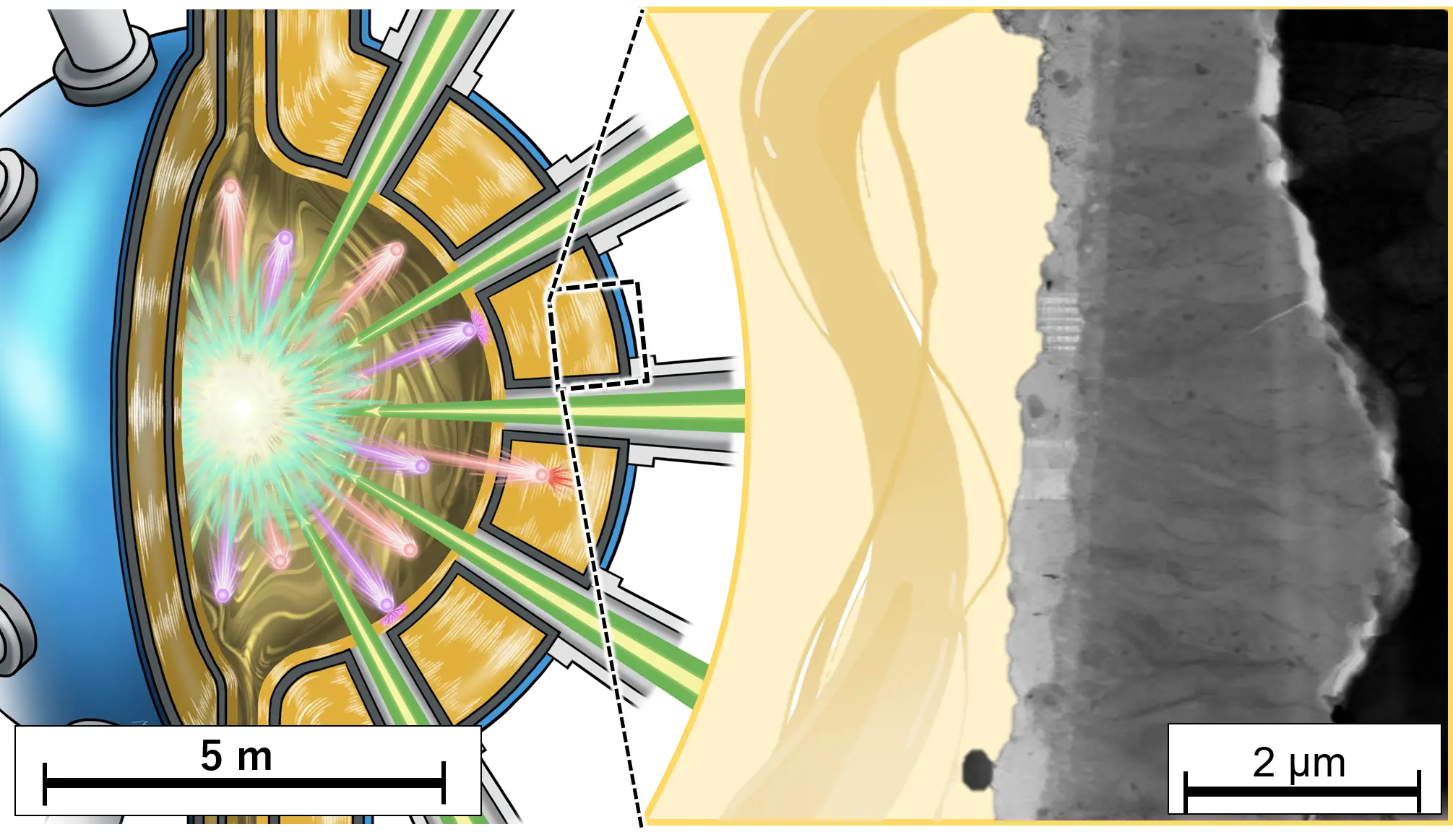2024-11-13 米国国立標準技術研究所(NIST)
<関連情報>
- https://www.nist.gov/blogs/taking-measure/natures-lessons-creating-greener-future-manufacturing
- https://www.sciencedirect.com/science/article/abs/pii/S0959652624025277?via%3Dihub
産業共生開発のベンチマークにネットワーク分析指標を使用することを調査 Investigating the use of network analysis metrics to benchmark Industrial Symbiosis development
Abheek Chatterjee, Oren Minsk, Matthew J. Triebe, Buddhika M. Hapuwatte, Daniel Kietzer, Sushma Kittali-Weidner, K.C. Morris, Nehika Mathur
Journal of Cleaner Production Available online: 5 July 2024
DOI:https://doi.org/10.1016/j.jclepro.2024.143078
Graphical abstract

Highlights
- Three real world Industrial Symbiosis (IS) projects compared using network analysis.
- Network analysis metrics quantify IS organizational and operational characteristics.
- Network analysis results aligned with qualitative IS development markers.
- Network analysis of IS does not require sensitive or proprietary firm information.
- Identified specific standardization needs to benchmark IS using network analysis.
Abstract
Circular economy (CE) aims to reduce natural resource consumption, waste generation, and related detrimental environmental, social, and economic impacts by keeping valuable materials circulating in the economy. Industrial Symbiosis (IS) contributes to CE through byproduct-exchange partnerships between firms, reducing raw material use, emissions, and waste generation, while promoting the economic growth of partner firms. However, most IS projects fail in the early stages and do not reap the full sustainability benefits of IS. A significant reason for the failure of early-stage IS projects is the lack of knowledge regarding the strategic organization of IS networks. Quantifying IS network organization and operational characteristics and benchmarking IS development can address this challenge, and enable knowledge transfer regarding IS network organization from mature IS networks to guide the advancement of new IS projects. This investigation tests multiple Ecological Network Analysis (ENA) and Social Network Analysis (SNA) metrics using three real-world IS case studies, as potential IS benchmarking tools. The results of the investigation show that ENA and SNA metrics can be used to compare IS networks and identify differences in the following characteristics: Partnership prevalence, producer–consumer relationships, linkage distribution, resource utilization, effect of indirect firm relationships, network cohesion, and network centralization. The values of the multiple network analysis metrics are found to be aligned with the development time of the IS networks and the qualitative markers of IS development stages as identified in the literature. For example, the analysis of producer–consumer relationships indicated that more than 50% of the consumer firms in the early stage IS networks had only one supplier partnership compared to less than 30% of the firms in the most mature IS network. Similarly, the analysis of network cohesion showed that the early-stage IS networks had (on average) five different isolated groups of firms compared to one cohesive group of firms in the more mature IS networks. This investigation demonstrates that network analysis of IS projects only requires anonymized and non-proprietary data, and identifies data-collection and modeling standards needed to develop an IS benchmarking framework using network analysis. The promising results of this investigation motivate future work into these standardization needs and the development of IS benchmarks using network analysis.



